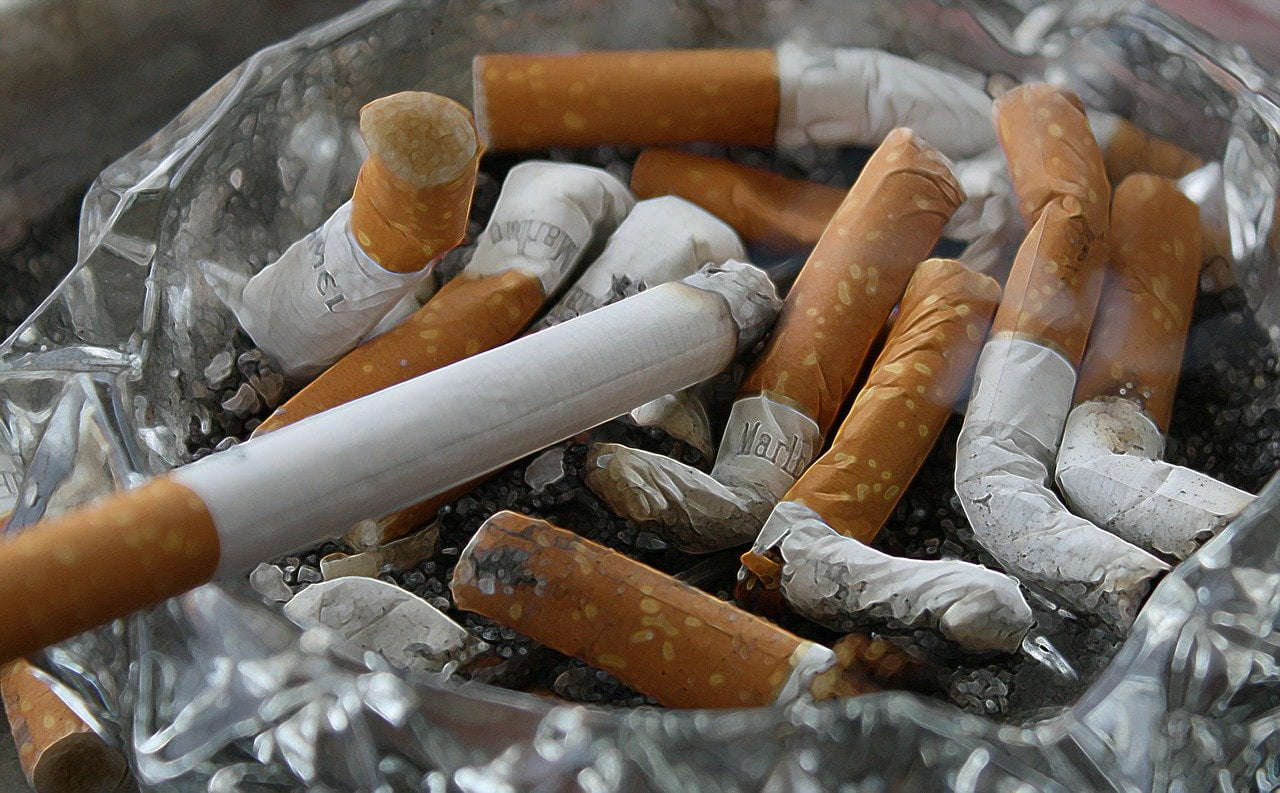Lessons Learned From Antismoking Messages Can Help Fight COVID; How to Overcome Vaccine Resistance and Understand Misleading Surveys
Q1 2021 hedge fund letters, conferences and more
Some Lessons From Antismoking Messages Can Help Fight COVID
WASHINGTON, D.C. (May 6, 2021) - A paper just published by a physician and MIT Professor of Economics [MD and PhD] suggests that "We have (nearly) forgotten what we learned from the anti-smoking campaigns of the sixties and seventies," and that some of the lessons from those very successful efforts could also help with the COVID pandemic.
Professor Jeffrey E. Harris writes that what we learned from the antismoking messages which flooded their airwaves in the late 1960s, and helped persuade millions to quit smoking, could help us fashion messages which are more effective in persuading adults to get vaccinated.
He also suggests why surveys, which already show many people unwilling to be vaccinated, may vastly underestimate that percentage, and how social ostracism and isolation - which helped pressure many Americans to become nonsmokers - can likewise play a role in pressuring adults to become vaccinated.
Harris reminds us of how effective the mandated antismoking messages were in changing behavior:
"On December 1, 1966, a lawyer in his 20s named John Banzhaf – later to become a professor at George Washington University Law School – petitioned WCBS-TV in New York City to provide free air time to respond to the pro-smoking views embedded in the cigarette commercials that the television station had been broadcasting."
"After two years of litigation, the United States Court of Appeals for the District of Columbia Circuit, in an opinion written by Chief Judge David L. Bazelon, found in Banzhaf’s favor. The Court upheld a ruling by the Federal Communications Commission requiring every TV station to broadcast one anti-smoking public service announcement during prime time for every three cigarette commercials it aired."
"There followed a sustained period of prime-time anti-smoking ads, running night after night until the U.S. Congress finally banned all TV and radio advertising of cigarettes effective January 2, 1971. From 1968–1969, per capita cigarette consumption in the U.S. fell by 4.6 percent — a drop in smoking rates not seen since the lung cancer scare of December 1953, and not seen again until a major, nationwide increase in the federal cigarette excise in 1983."
A Drop In Smoking Rates
Indeed, notes public interest law professor John Banzhaf, the antismoking messages he got on the air slashed smoking; something even the 1964 Surgeon General's report on smoking failed to do.
Another economist estimated that this 26-year-old student, fresh out of law school, may have saved more lives though this single legal action than all physicians then alive.
Harris suggests that using a review of which themes in antismoking messages were most effective in actually changing behaviors could be used to make today's pro-vaccine messages most effective.
He notes that messages "combining trust in healthcare providers with peer influence" were very effective, and suggests using, as one example:
"3,000,000 Doctors and Nurses Have Already Had the COVID-19 Vaccine - YOU CAN TOO"
Another important lesson learned from fighting smoking is that survey results about “socially undesirable” behaviors may be unreliable, and should not be trusted in making important policy decisions. He writes:
"In 1978, a decade after the prime-time, anti-smoking TV ads had begun to put the brakes on the 20th century tobacco juggernaut, Ken Warner, a young economist . . ., pointed out how survey-based estimates of cigarette smoking rates fell increasingly short of actual consumption based on tax receipts. With smoking rates then on the decline, Prof. Warner worried that survey respondents were ever more reluctant to tell the interviewer that they were engaging in a “socially undesirable” activity."
"Even at the time, social desirability bias (SDB) had been a concern of survey experts. Rather than reveal their true intentions or beliefs, the problem was that people would tell the interviewer what they thought the interviewer wanted to hear. During the intervening 43 years, there has been an abundance of studies of the influence of SDB in surveys of such personal health-related behaviors as substance abuse and physical activity."
"Extensive reviews have been published. The problem has persisted even in apparently anonymous online surveys. In the modern version of SDB, survey researchers worry that respondents, ever wary of empty assurances of anonymity, will click on the button they want the online survey software to record."
Reluctance To Get Vaccinated
Finally, Harris suggests that many who are initially reluctant to get vaccinated will yield when they find themselves increasingly isolated; as smokers did beginning in the 1970s when law professor Banzhaf and others spread the word about the deadly dangers of secondhand smoke, and used legal action and legislation to ban smoking in most work places and places of public assembly. Harris wrote:
"At the other end, many smokers remained addicted and in denial, but came around when they could no longer bear the ostracism of having to smoke outside the office in the cold, or when they suddenly found themselves tethered to a heart monitor in the intensive care unit. Others who remain hesitant to get vaccinated will similarly come around when they find out – as inevitably will be the case – that proof of vaccination has become the access key to open the portal to life as we once knew it."
Similarly, predicts Banzhaf, those without proof that they have been vaccinated who increasingly find themselves unable to attend sporting events, concerts, and perhaps even to go to popular restaurants, and/or who work for employers who insist that workers be vaccinated, will find, as smokers did, that social isolation - perhaps eventually extending to poker games, book club meetings, cocktail parties, and other private social gatherings - will find that the social isolation and exclusions force them to join the growing majority in becoming vaccinated to protect the health of those around them.





